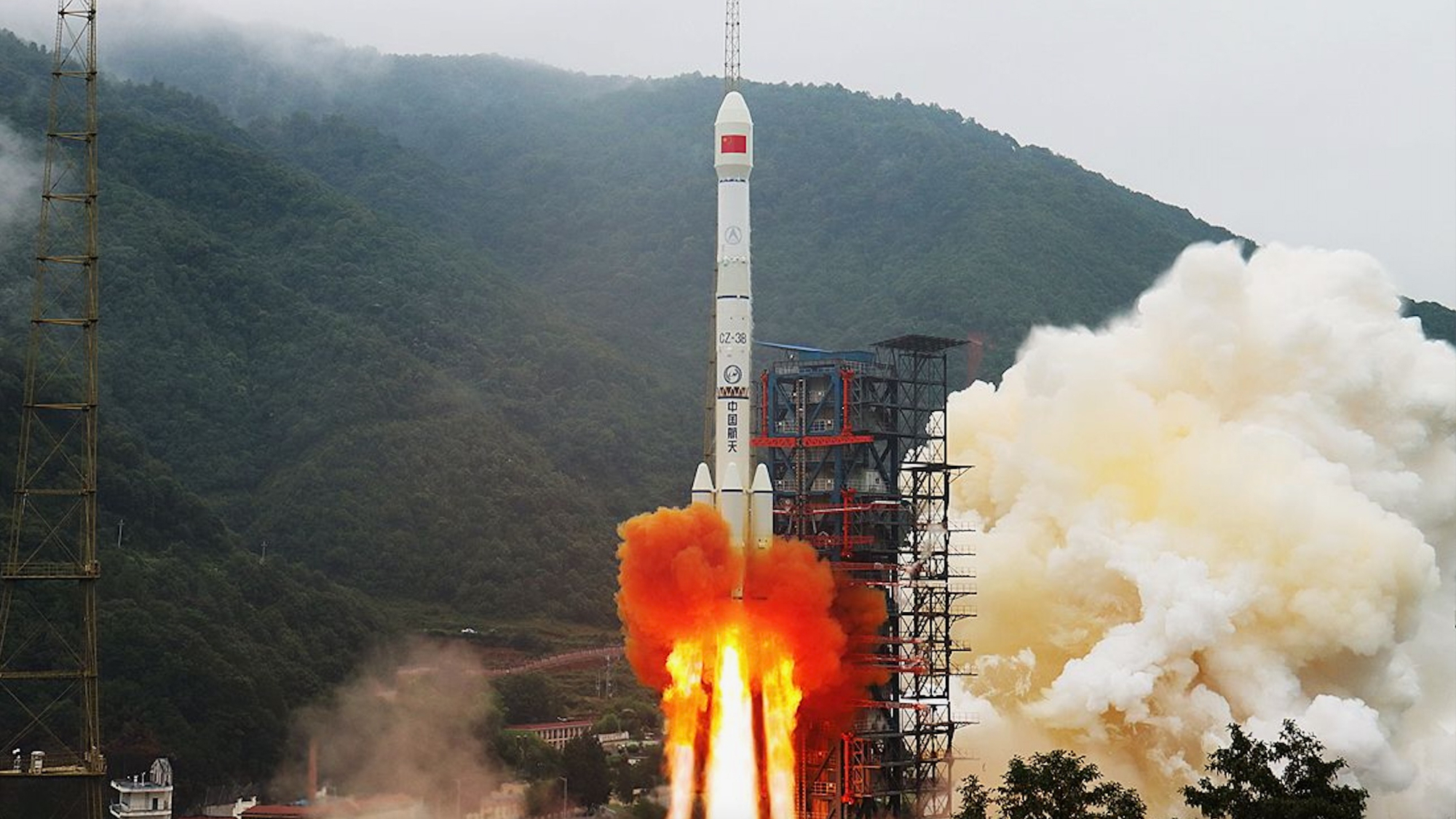Scientists 3D-print human liver tissue in a lab, win top prizes in NASA challenge

Scientists have successfully grown liver tissue capable of functioning for 30 days in the lab as part of NASA's Vascular Tissue Challenge.
In 2016, NASA put forth this competition to find teams that could "create thick, vascularized human organ tissue in an in-vitro environment to advance research and benefit medicine on long-duration missions and on Earth," according to an agency challenge description. Today (June 9), the agency announced not one, but two winners of the challenge.
The two teams, both made up of scientists from the Wake Forest Institute for Regenerative Medicine (WFIRM) in North Carolina, won first and second place in the competition with two different approaches to creating lab-grown human liver tissue.
"I cannot overstate what an impressive accomplishment this is. When NASA started this challenge in 2016, we weren’t sure there would be a winner," Jim Reuter, NASA associate administrator for space technology, said in a statement. "It will be exceptional to hear about the first artificial organ transplant one day and think this novel NASA challenge might have played a small role in making it happen."
Related: Why are scientists trying to manufacture organs in space?

The winning teams both used 3D printing technologies to create their tissue. As dictated in the challenge rules, the teams had to keep their tissues "alive" for 30-day trials. But, to engineer tissue and have it "survive," the teams had to figure out how to move nutrients and oxygen through their creation and how to remove waste. This process, known as perfusion, is done by blood vessels in organic, living tissues, but this is an extremely tricky thing to replicate artificially.
Using different materials and different 3D-printed designs, the two teams each made different gel-like frameworks for their tissues that included channels that oxygen and nutrients could run through. The teams were able to get nutrients to flow through their artificial blood vessels without leaking.
Breaking space news, the latest updates on rocket launches, skywatching events and more!
The team that won first place, called team Winston, is the first team to complete its trial with the engineered tissue under the challenge rules and will receive $300,000 and the opportunity to further this work aboard the International Space Station, according to the statement. The second-place team, called WFIRM, will receive $100,000.
But the challenge is not yet over. While these two competitors have taken home the top two prizes, two other teams continue to work toward third place, which also receives a prize of $100,000.
3D-printing human tissues in space
How this technology might one day be applied to healthcare for astronauts living on destinations like the moon and Mars has yet to be seen, but the researchers behind these projects acknowledge the many challenges that this application presents.
"There's going to be zero gravity ... space radiation, and we don't know how these tissues or cells within the tissue would behave. So, there are so many unanswered questions," James Yoo, a professor at WFIRM who is a part of team Winston, told Space.com during a media teleconference on June 9. However, he added, "We're very optimistic about the tissue constructs being in space, and we hope that they would behave similarly [to how they behave on Earth]."
However, while these future applications of tissue engineering have yet to be seen, by studying these structures in space, such as aboard the space station, researchers can significantly advance our understanding of how that might work.
"The potential to study this technology further in space is really exciting," Robyn Gatens, director of the International Space Station at NASA Headquarters, said about tissue engineering during the telecon. "One of the benefits of this challenge for space exploration is the creation of organ analogs that we could use to study deep space environmental effects like radiation and microgravity deconditioning."
"As we prepare to go to the moon with the Artemis program, and one day onto Mars, we'll need to develop strategies to minimize damage to astronauts' healthy cells and mitigate the negative effects ... space will have on humans during long-duration missions," Gatens said. She added that conducting such tests with organ analogs can help to "ensure we'll gain the knowledge to keep astronauts healthy as they journey further into space."
NASA's Vascular Tissue Challenge is led by the agency's Ames Research Center in Silicon Valley and is a part of the Centennial Challenges, a challenges, prizes and crowdsourcing program within NASA's Space Technology Mission Directorate, according to the statement. For this competition, NASA teamed with the nonprofit organization New Organ Alliance, which focuses on regenerative medicine research and development and which also put together the nine-person judging panel.
Email Chelsea Gohd at cgohd@space.com or follow her on Twitter @chelsea_gohd. Follow us on Twitter @Spacedotcom and on Facebook.
Join our Space Forums to keep talking space on the latest missions, night sky and more! And if you have a news tip, correction or comment, let us know at: community@space.com.

Chelsea “Foxanne” Gohd joined Space.com in 2018 and is now a Senior Writer, writing about everything from climate change to planetary science and human spaceflight in both articles and on-camera in videos. With a degree in Public Health and biological sciences, Chelsea has written and worked for institutions including the American Museum of Natural History, Scientific American, Discover Magazine Blog, Astronomy Magazine and Live Science. When not writing, editing or filming something space-y, Chelsea "Foxanne" Gohd is writing music and performing as Foxanne, even launching a song to space in 2021 with Inspiration4. You can follow her on Twitter @chelsea_gohd and @foxannemusic.
